Q. Implement a 3 bit asynchronous counter using T flip flops.
Ans: To design 3 bit asynchronous counter we require 3 T flip flops.
Q. What is the always block used for in Verilog?
Ans: An always blocks runs continuously throughout the simulation. An always block can be made sensitive to one or more signals depending on the specifications and requirement.
always@ blocks are always followed by a set of parentheses which contains one or more than one signal (sensitivity list). Whenever any signal in sensitivity list changes, the always block is executed.
Example:
always @ (posedge clk) begin //code end
In this case the always block is sensitive to change in variable positive edge of the clock. Whenever positive edge is detected the code inside is executed.
Q. Draw the circuit diagram of MUX and DEMUX using gates?
Ans: Mux with n input signals and m control signals provide a single output (where n=2m).
Example: 4:1 mux has 4 inputs with 2 control bits and a single output.
And demux means one to many. By using control signals we can steer the input to any of the output.
Example: 1:4 demux has one input with two control bits and 4 output bits.
You may love to read Interview Experience – Texas Instruments
Q. Draw a full adder using two half adders.
Ans:
Q. What is the effect of temperature on leakage current?
Ans: Leakage current increases with increasing temperature.
Q. Explain the concept of propagation delay, rise time and fall time.
Ans: Propagation delay: the propagation delay of a gate is defined as how quickly it responds to a change in input.
Rise Time: the amount of time taken by output voltage to go from 10% of the logic 1 to 90% of the logic 1 level (steady value).
Fall Time: the amount of time taken by output voltage to go from 90% of the logic 1 to 10% of the logic 1 level(steady value).
Q. What is an oscillator? What kind of oscillators do you know? Name them with examples.
Ans: An oscillator is an electronic device used for generating AC signals. Basically oscillators are of two types:
- Harmonic/Sinusoidal Oscillator: As the name suggest, the oscillator which provide a sine wave form or harmonic wave form as output wave form.The different harmonic oscillators are:
- Hartley oscillator :
- Colpitt oscillator
- RC oscillator
- Clapp oscillator
- LC oscillator
- Crystal oscillator
- Non- Sinusoidal or Relaxation Oscillator: The oscillator which produces non-sinusoidal such as rectangular, saw tooth or square wave form.
Q. Draw adder using decoder.
Ans: Adder using 3:8 decoder is shown in the given fig.
Q. Draw 8:1 Mux using 2:1 Mux.
Ans: For 8:1 multiplexer, we require seven 2:1 multiplexers.
Q. Design and explain Synchronous counter.
Ans: In synchronous counter all flip flop change state simultaneously (in parallel). The clock input of all flip flop in counter are connected together and are triggered by input pulses. The figure below is an example of a 4-bit up counter using J-K flip flop.
Continued to Part 2

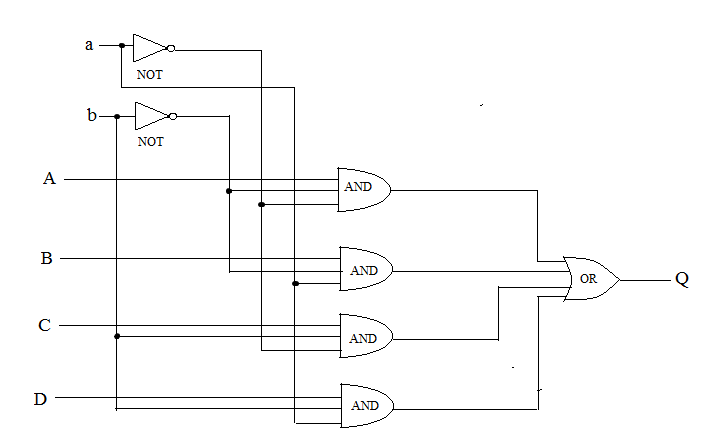
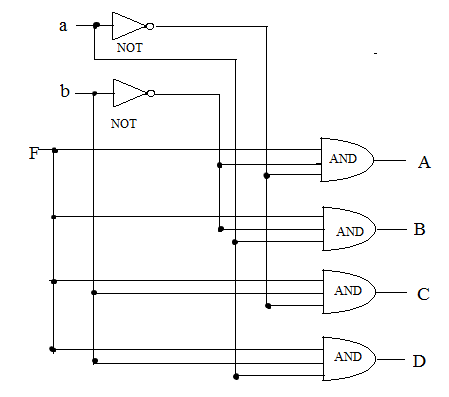
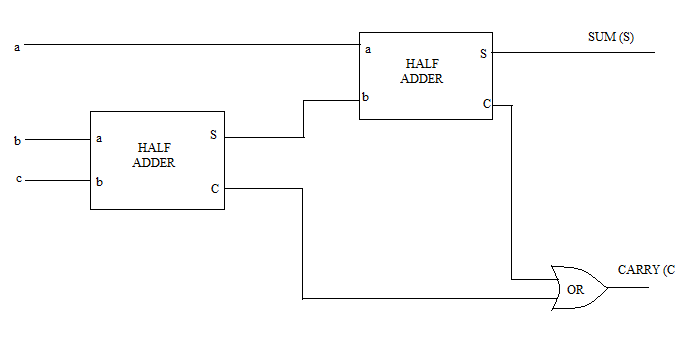
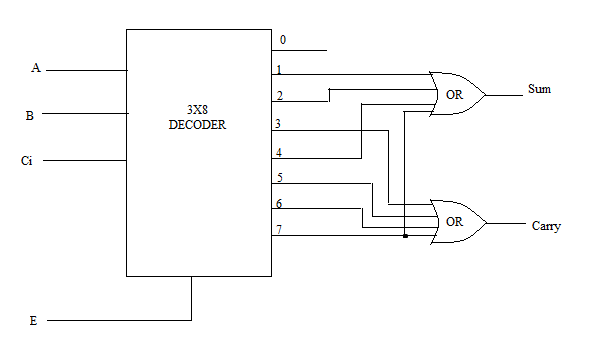
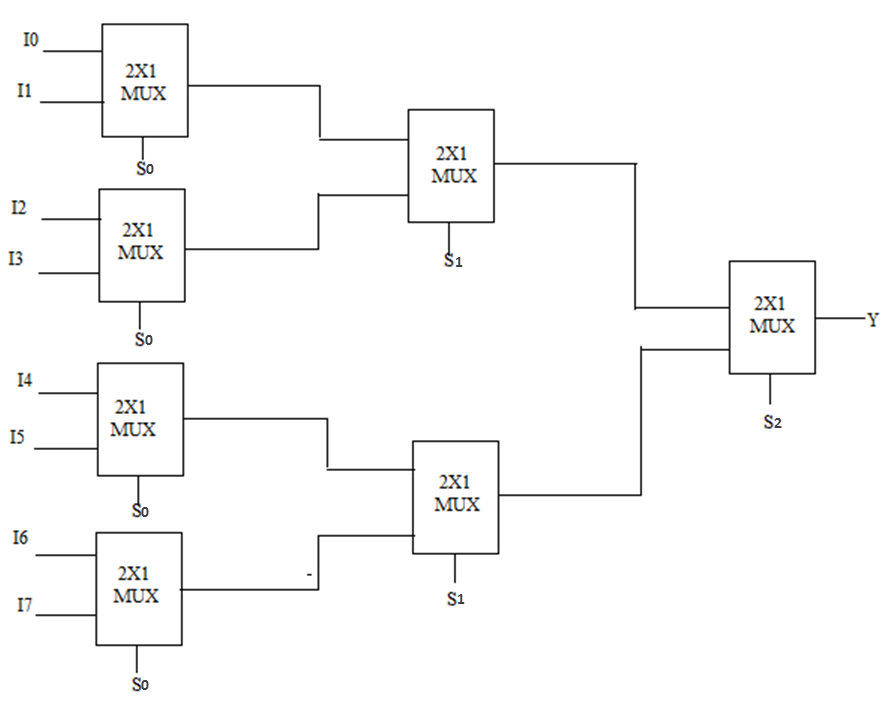
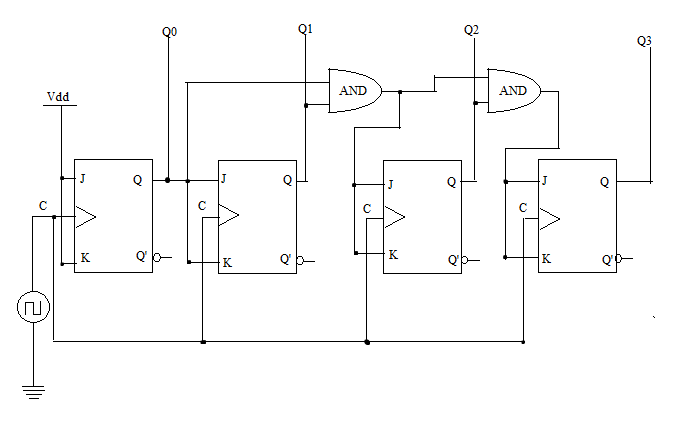
1 comment for “Texas Instruments Question Bank Part-1”